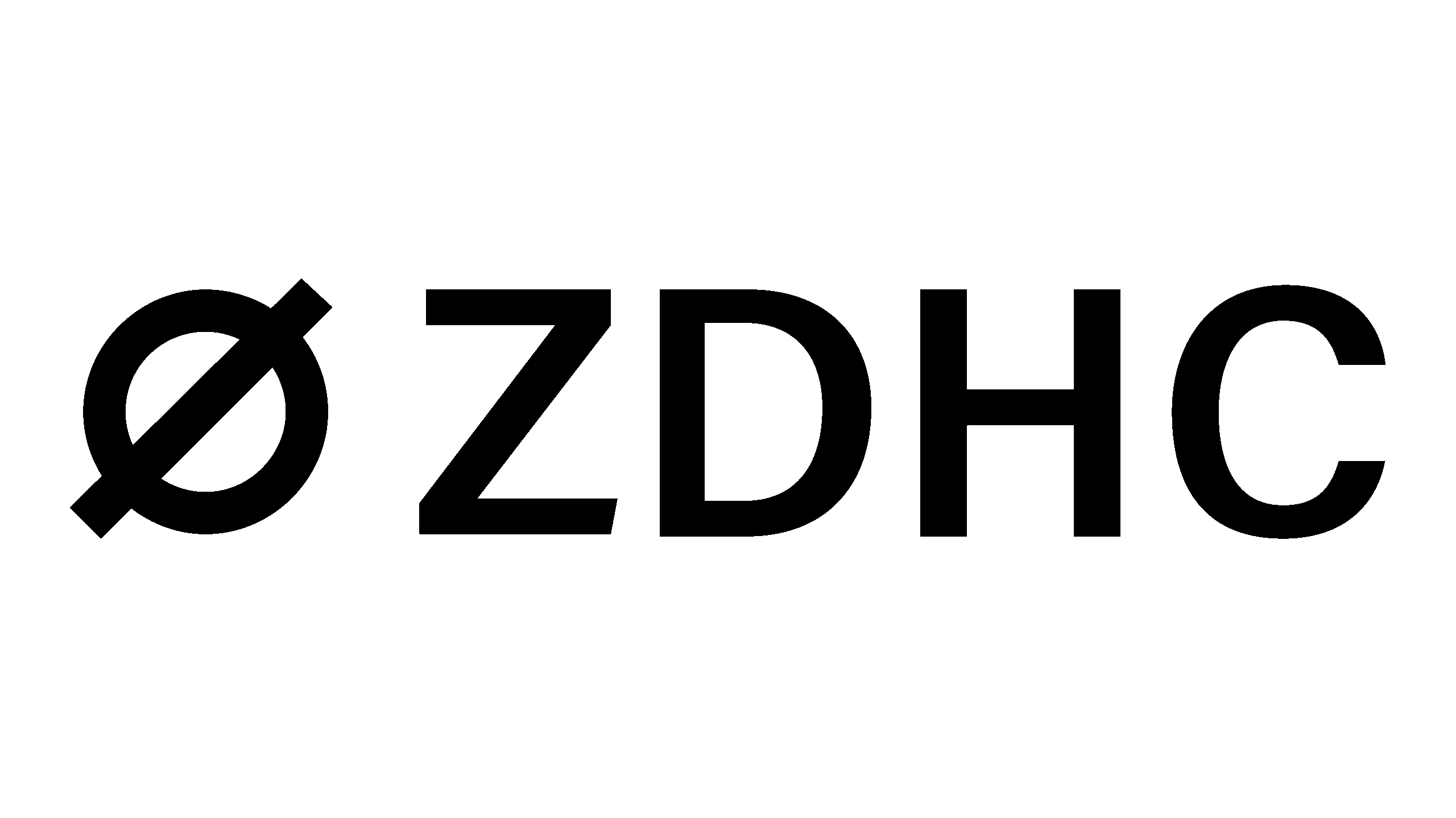ZDHC partnered with Quantis to assess and quantify the potential reduction in nature impact when companies adopt their Manufacturing Restricted Substances List (MRSL), Wastewater Guidelines, and Air Emissions Guidelines. Through a pioneering methodology, grounded in real-world data and aligned with leading frameworks such as Science-Based Targets for Nature (SBTN) and PEF, this project sets a new benchmark for measuring and reducing chemical-related impacts on nature.

Challenge
ZDHC recognized a major gap in the ability of companies to quantify the reduced impact on nature when eliminating hazardous substances from fashion and apparel manufacturing processes. While its MRSL and related tools are widely adopted, data linking these interventions to tangible reductions in nature-related impacts is limited.
With increasing pressure from stakeholders such as regulators and governments to address chemical pollution – a key yet underrepresented driver of biodiversity loss – ZDHC sought to build credible, science-aligned evidence to reinforce the value of its frameworks and support companies in strengthening their nature strategies.
Solutions
Quantis developed a first-in-class impact assessment approach, combining LCA, chemical hazard science and geospatial risk analysis. The study evaluated the real-world environmental outcomes of substituting hazardous substances covered by the ZDHC MRSL, improving wastewater discharge quality and reducing volatile organic compound (VOC) emissions.
Results were based on primary data from industry partners, supported by modeling, secondary sustainability database inputs and the use of regional State of Nature data to highlight where potential interventions can deliver the greatest impact.
The approach is fully aligned with emerging frameworks such as the SBTN, but also went further – through beginning to address key gaps by capturing the impact of chemicals beyond nitrogen and phosphorous containing substances, that are often excluded from current methodologies but prevalent in the environment and hazardous to both humans and nature. These include substances such as PFAS, APEOs and siloxanes.
Partnering with Quantis helped us move from intention to measurable impact. This study provides the evidence base needed to scale our mission and guide industry-wide transformation.
Scott Echols, Chief Impact Officer, ZDHC Foundation
Results
The study showed that ZDHC’s frameworks can support reducing the impact of chemical pollution on nature-related indicators:
Through substitution of specific ZDHC MRSL-listed chemicals, it can be possible to achieve:
- Up to 51% reduction in freshwater ecotoxicity
- Up to 95% reduction in water use
- Up to 27% reduction in eutrophication potential
Through wastewater discharge quality improvement, it can be possible to achieve:
- Up to 86% reduction in freshwater ecotoxicity
- Up to 95% reduction in human toxicity
- Up to 96% reduction in eutrophication potential
Through VOC abatement for specific studied facilities:
- Up to 91% reduction in freshwater ecotoxicity
- Up to 90% reduction in human toxicity
The study also highlighted that impact is greatest when interventions are prioritized in nature-sensitive locations. The report equips ZDHC, its Signatories and the wider industry with robust, science-driven evidence to strengthen chemical management strategies and guide future action. The project has already laid the groundwork for expanding this methodology into adjacent sectors such as automotive, electronics and home furnishings with scalability, transparency and prevention at the core.
We’re your full-service partner for the transformational journey. Our strategic advisors are equipped to guide you at every point along the way.



